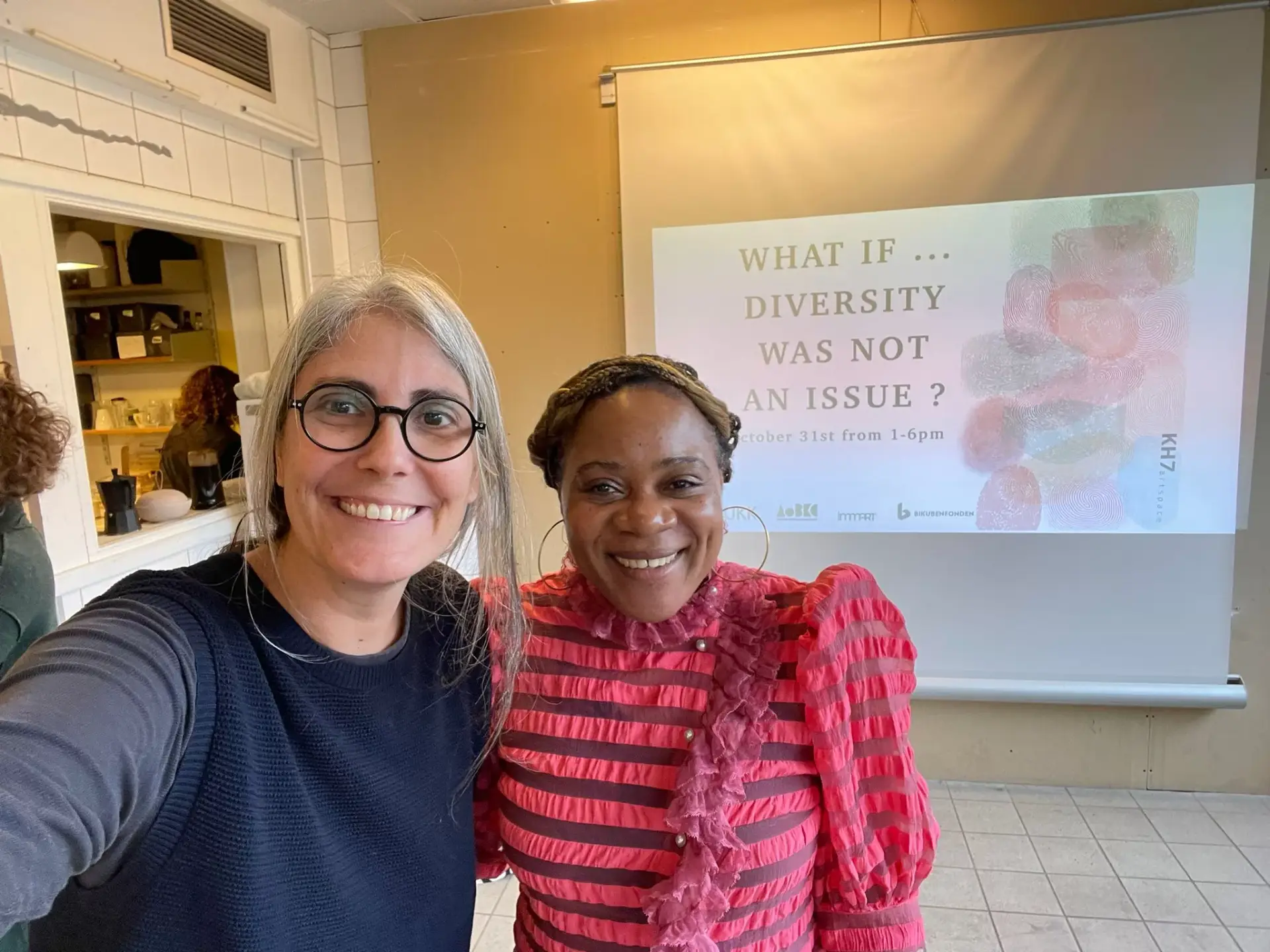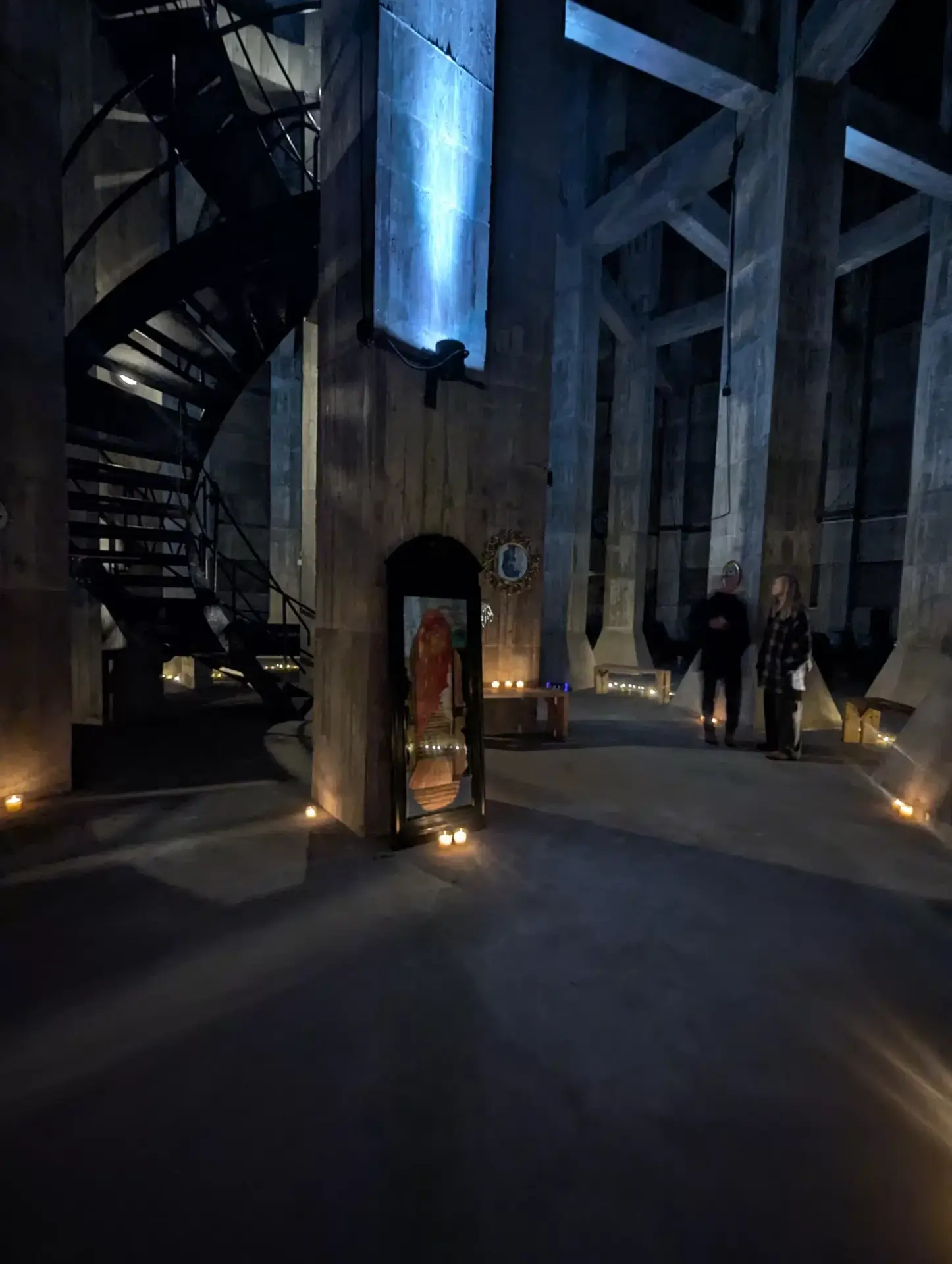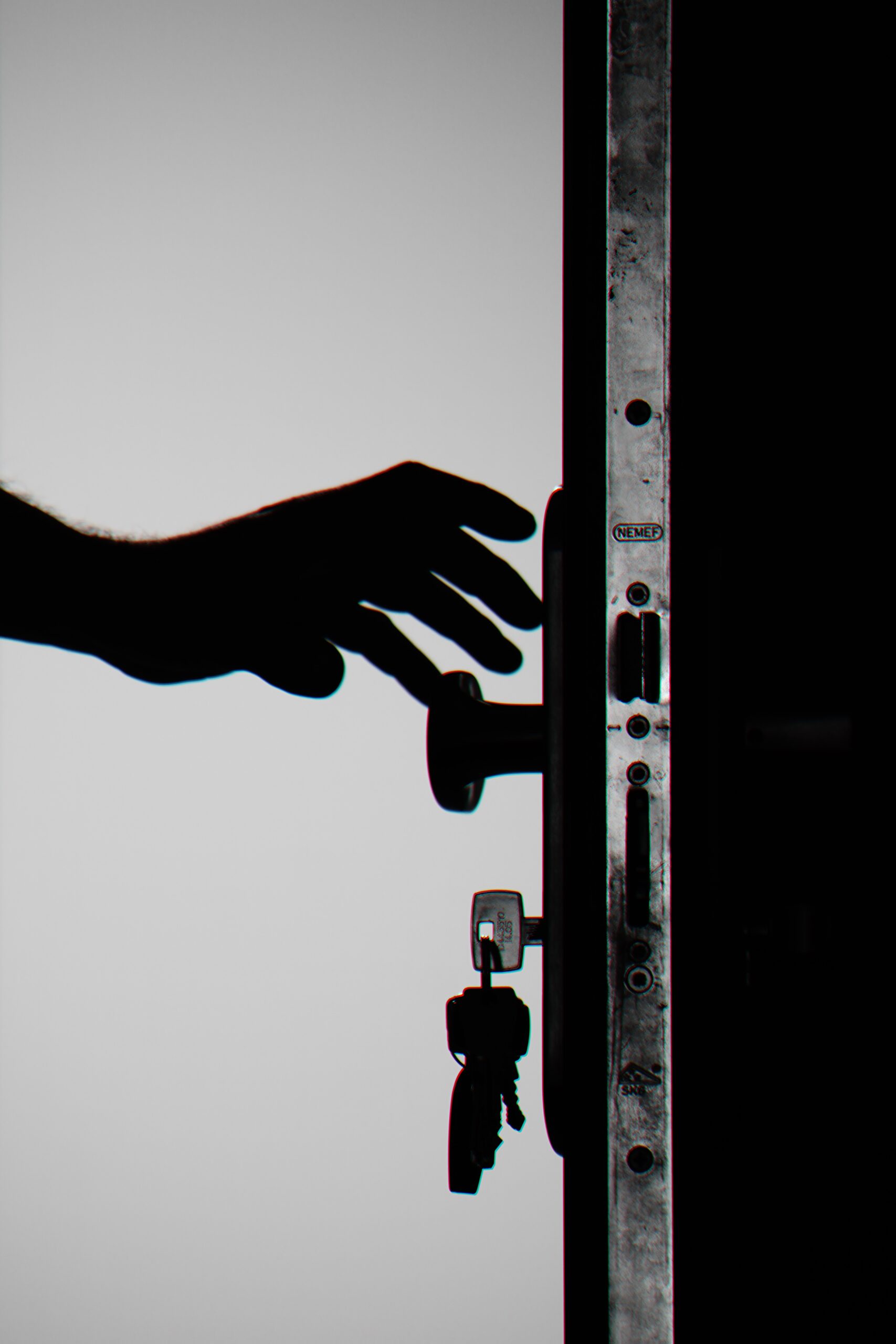Image by Jane Ellis Designs Photography
Could you describe briefly your journey from your place of birth to Copenhagen/Denmark today?
I left Iran at the age of fifteen in 1985. It was the chaotic time during Iraq’s attempt to invade Iran and a couple of years after the Islamic Revolution. Millions of Iranians fled in those years and millions are still living in exile.
Much like today’s Syrian refugees, we Iranians were frowned upon. We had come away, as far away as we could, from religious fanatics, war and instability. Naturally Northern Europe, with its secular ideology, low crime rate, low corruption and safe environment, was the very place we desired to live. We arrived in Germany and were introduced to a new form of government that we were not familiar with: Social Democracy. In the dark days before the Internet, we had no idea what that was. It turns out that the government in a social democratic country helps out the poor, the sick and the weak and alas we were considered all of those. Naturally the local population considered us opportunistic undesirables who had come to Germany to get paid since we did not look weak, or sick, or handicapped. The government forbid refugees to work while their cases were under scrutiny. Was this person politically active against the Islamic revolution and if so, are there documents proving that (s)he was?
There were some very unhappy Germans and Iranians in the 1980s in Germany. I don’t blame either of them. Of course with time that changed. People became educated and learned the language of their local community. Many Iranians are married to non-Iranians, are well educated and are integrated into German society. We ended up leaving Germany because we were to be deported back to Iran. We took to the USA where they leave you starving, but you can do that with pride. As a matter of fact, the Iranian refugees from 1980s are one of the most successful immigrant groups in the US right now.
I was studying Biology in Florida Atlantic University when I met an exchange student from Denmark. We got married a year later so that he could stay in the US, but we in fact ended up in Denmark. We stayed here for five years while my husband finished his PhD and me my Danish studies and then my Masters in Biology from University of Copenhagen. As soon as we were done, he was transferred to Middle East and later Central Asia. That journey took fifteen years. We came back to Denmark two years ago with our children.
How have your life experiences, and your journey, influenced your art over the years?
I stopped painting after I left Iran. I was too busy learning German, English, studying, getting diplomas, learning Danish, going to university … there was no time for hobbies. Art for me was a hobby because living in poverty was not an option; I had met too many starving artists and seen the frustration in their bodies to work and not be recognized for the one thing that they are good at, creation.
In Qatar, fifteen years ago, a biologist was a lab assistant. I worked in the university of Qatar where I had to wait in long queues to get my pay, in cash, and I was paid very little because I was locally hired. I switched to UNESCO and I did a lot of fundraising, but it was so bureaucratic that my efforts were lost somewhere in their paper work. The pay was too low to make any great impact and that is why I decided to stay home with our kids. We moved to Kazakhstan some years later and there was of course no available jobs because no one spoke English and I could only manage the grocery shopping in Russian. I began writing books and actually finished two, although I never tried to publish them. It was then in 2012 that I decided to start painting again and took my first art lesson since I left Iran in 1985.
What is your favourite piece that is being exhibited / was exhibited, played or read during Artival 2016, and what is the history behind it?
Would it be wrong to say that I have many? I am doing a series right now and many paintings, both painted and the ones still living in my head, encompass one idea: The relationship between man and his world.
The main characters of my series are people, usually children, who somehow are involved with an animal, plant, environment, which represent the universe we live in. The child represents the naivety, curiosity and playfulness of man. I consider humans to be a clever though naive species.
In one of my paintings, a girl learns to fly to catch the last duck on earth. Behind her, the net that keeps the living connected, the Black Matter, depicted in persian style, of course, is warning her. She flies and catches and the duck will be no more. The Case of the Missing Duck, Oil on Canvas, 100 x 120, 24,000 DKK
In another painting there is a little girl riding on a sheep. She is small in comparison because in reality her presence is rather insignificant but nevertheless she snatches the hat from the sheep … Snatching someone’s hat in Persian means you are ripping them off. She is happy and the sheep is indifferent because the sheep knows that the very existence of this little human is dependent on him and others like him. Kolah Bardari, Oil on Canvas, 100 x 100cm, 20,000 DKK
There is a girl elevating from the misery of war, which she has created. But now she is moving away from it because she has finally found what really matters. The love of self … depicted by the warm, sleepy fawn that is wrapped around the girl’s neck. The fawn is the reason and instinct and duty we have as humans to protect and treasure life around us … and that includes our own. Elevation, Oil on Canvas, 100 x 150cm, 20,000 DKK
I have many more in these series that are either sold or not yet exhibited.
What has your participation in Artival 2016 meant to you personally, and to your life as an artist in Denmark?
Two years ago, I came to Denmark as a foreigner and had to start all over again. I started right away to look for a studio and began looking into art groups I could join. It was rather a disappointing time for me, and so I was very happy when I came across Immigrant Art. Artival 2016 has given me an opportunity to exhibit in Denmark and for an artist that exposure is what is important. One can create many interesting pieces, but they have to be seen to be worth something. I have also met many like-minded people, whom I will hopefully continue to meet up with in the future.
Behnaz is currently continuing her work on her environmental series in her studio in Copenhagen. To view more of her work please visit behnaz.carbonmade.com
Behnaz’s paintings are part of the ongoing Artival 2016 exhibition at Global Art Gallery, Skalbakken 8A, Vanløse
Opening hours: 14-17 Thurs – Sun, until 30 October 2016
Save
Save
Save
Save
Save
Save
Save
Save
Save
Save
Save
Save
Save
Save
Save
Save





